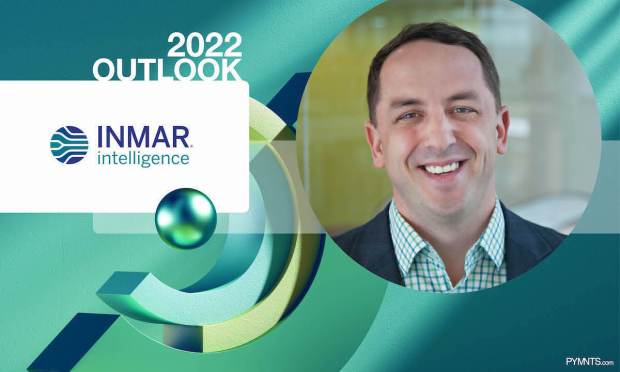2022: The Year for Learning and Evolution

Crypto and decentralized finance are changing the financial services landscape, writes Inmar Executive VP and President, FinTech John Helmle, in the PYMNTS eBook “Endemic Economics: 32 Payments Execs on the ‘Next Normal’ That Never Happened.” To avoid disintermediation, banks need to adapt and establish a foothold in the brave new world.
Crypto isn’t going away. Crypto is — and will continue to be — part of the growing monetary system. The more people use it, the more relevant it becomes — and the crypto market has grown significantly.
There are different ways to think about crypto — as an asset class, as a stored value in a substitute currency, but also as a means of transferring value. For example, using crypto can make cross-border payments easier and more efficient. In that case, it’s more like a technology than a currency.
The big question is — are we moving to a decentralized finance model? Some think this could be the new evolution without banks at the core. Either way, banks will adapt and look to establish a presence to avoid disintermediation.
Buy now, pay later (BNPL) is a starting point.
From a consumer perspective, BNPL is a different way to access credit.
Although many BNPL offerings have no express interest rate, credit pricing and risks don’t disappear — but retailers assume bigger discounts than they would on a credit card. So, as BNPL becomes a larger percentage of retail purchases, merchants will be required to re-evaluate their pricing strategies. Consumers will pay for credit or financing charges, but indirectly.
The interesting question is whether BNPL could reduce credit risk. BNPL is generally an installment product, not a revolving credit account. Because it’s tied to a specific purchase, consumers may be more likely to repay a BNPL because it’s more tangible than a credit card. If this type of consumer behavior endures, the cost of credit will be cheaper for BNPL vs. credit cards due to the way consumers prioritize payment obligations.
Back-office tech investments are a win-win.
For treasury and accounting teams, tech investments will create more automation and time savings — that’s the obvious benefit. But there’s more to it than that. By digitally transforming these processes, you give structure to your data, which helps you analyze performance with better measurement.
As treasury and accounting teams automate more, roles will shift away from task execution and toward analysis and continuous improvements. It’s a virtuous cycle — by making back-office tech investments, you gain savings, time, and data to invest in more tech and optimized processes.
When it comes to payments and commerce, don’t reinvent the wheel.
Past years of digital transformation have shown innovation doesn’t have to be massive to change the world. Instead, you can take existing technology and reimagine it.
A great example is the resurgence of QR codes. A short time ago, they seemed almost obsolete. Now, in a contactless world, they’re everywhere. QR codes have even impacted the payment space — as now they’re used to simplify payments. This was existing tech, combined with mobile and contactless technology for an entirely new end-user experience.
There’s an opportunity to rethink things on the commerce side, specifically the self-checkout process. Amazon, for example, has no checkout process, only a shopping experience. This is the future — a more integrated and seamless process where the shopping and checkout experiences are one.